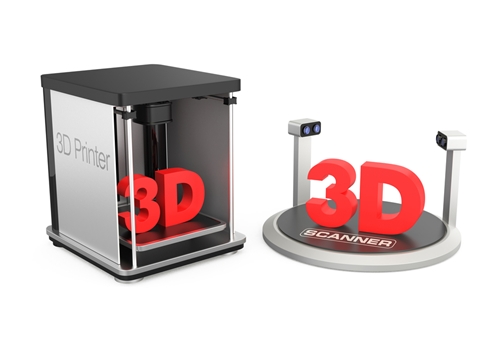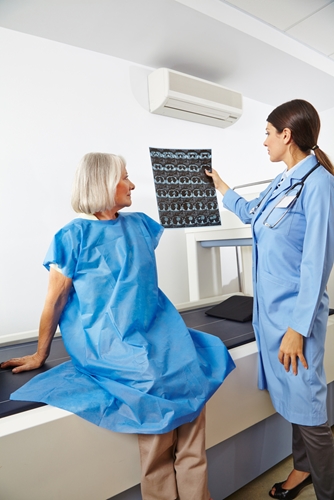Researchers have been experimenting with 3-D printing for decades. However, only recently has it started to make a name for itself in health care. The Healthcare Information and Management Systems Society's annual conference has dedicated a session to detailing how this technology can provide the medical industry with further insight into the human body.
The rise of new technology
In a recent study, visiongain reported that it anticipates the 3-D printing market in health care to reach more than $4 billion by 2018. While medical imaging can provide insight into a person's condition, it cannot give the doctor a complete picture of the problem. Multidimensional printing offers various benefits over standard 2-D since it provides complex replications, according to the source.
These printers can even be used to train medical students. Instead of testing their skills on actual patient, scholars can see real-life conditions in 3-D replicas, Modern Healthcare explained. This method moves them away from practicing on pigs – the standard teaching tool – and gives doctors-in-training the opportunity to see these organs in human form. This method is safer for patients and animals, while preparing students for their future careers via a more realistic model.
As many advantages as 3-D printing has, it comes with one large setback – its cost. The minimum price of a device is $40,000 and can run for as much as $1 million, according to the source. Federal funding for the technology is also difficult to receive, and only 17 percent of applicants obtained it in 2013.
The many uses of 3-D printing in medicine
While this technology is not widespread, it is gradually proving its value. Health care providers can personalize each patient's experience with the implementation of 3-D printing. The machine can create prosthetics, models, dental products and tissue, Forbes magazine explained. With its multiple uses, it will distinguish itself as an integral part of the medical field.
Surgery can also benefit from 3-D printing. Using medical imaging, surgeons can print out a replica of the organ being operated on. This allows them to examine its condition in new ways, Modern Healthcare reported. They could catch something that they had not seen before. It could even help them determine if a different form of treatment would be a better fit.
"The overall direction is to make complex operations simpler," Bohdan Pomahac, M.D., a plastic surgeon at Boston's Brigham & Women's Hospital told the source. "This may be one of the most profound tools that we hope to use in the coming future."
HIMSS15's session "3-D Printing in Healthcare" is scheduled for April 13, from 11:30 a.m. to 12:30 p.m. CT, as part of the Intelligent Health Pavilion.
Contact Viztek for more information.
Ronny Bachrach
Latest posts by Ronny Bachrach (see all)
- Konica Minolta Debuts First-of-Its-Kind Digital U-Arm System at AHRA - July 27, 2016
- Researchers Detect Signs Of Stroke Risk Using MRI - June 27, 2016
- Imaging Biz: Q&A with David S. Channin MD: How to Make PACS Patient Centered - June 22, 2016










